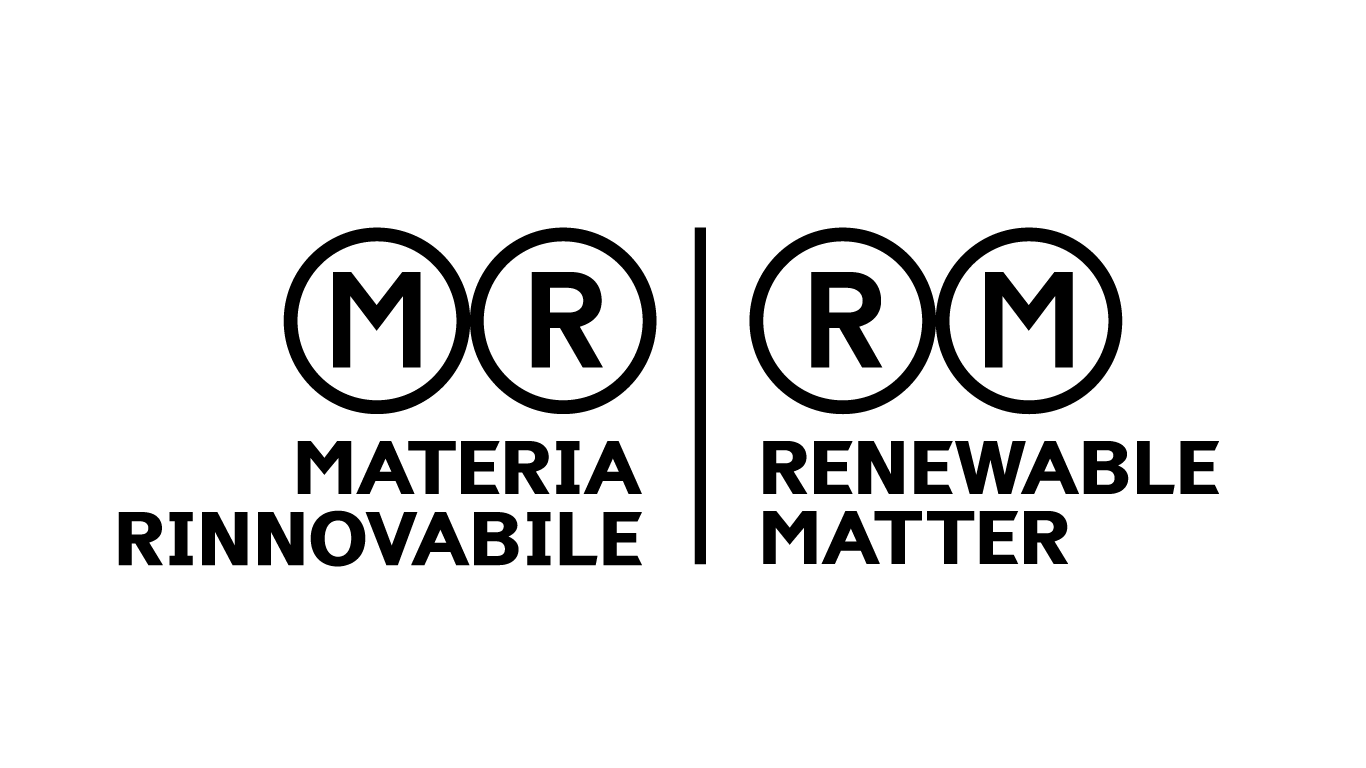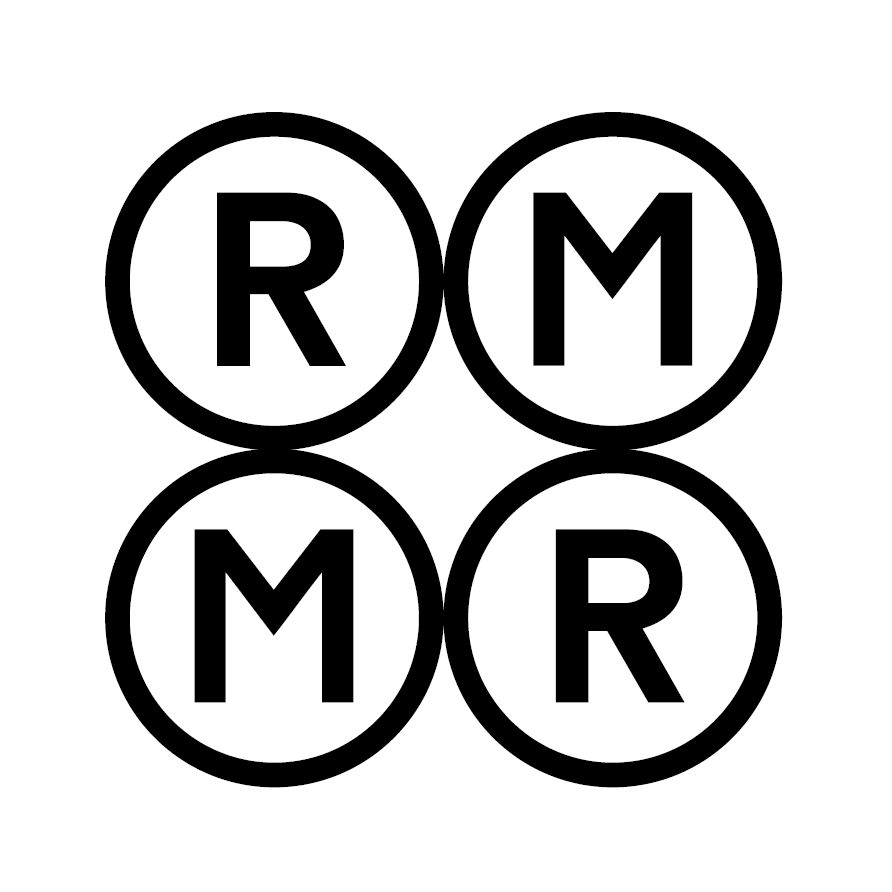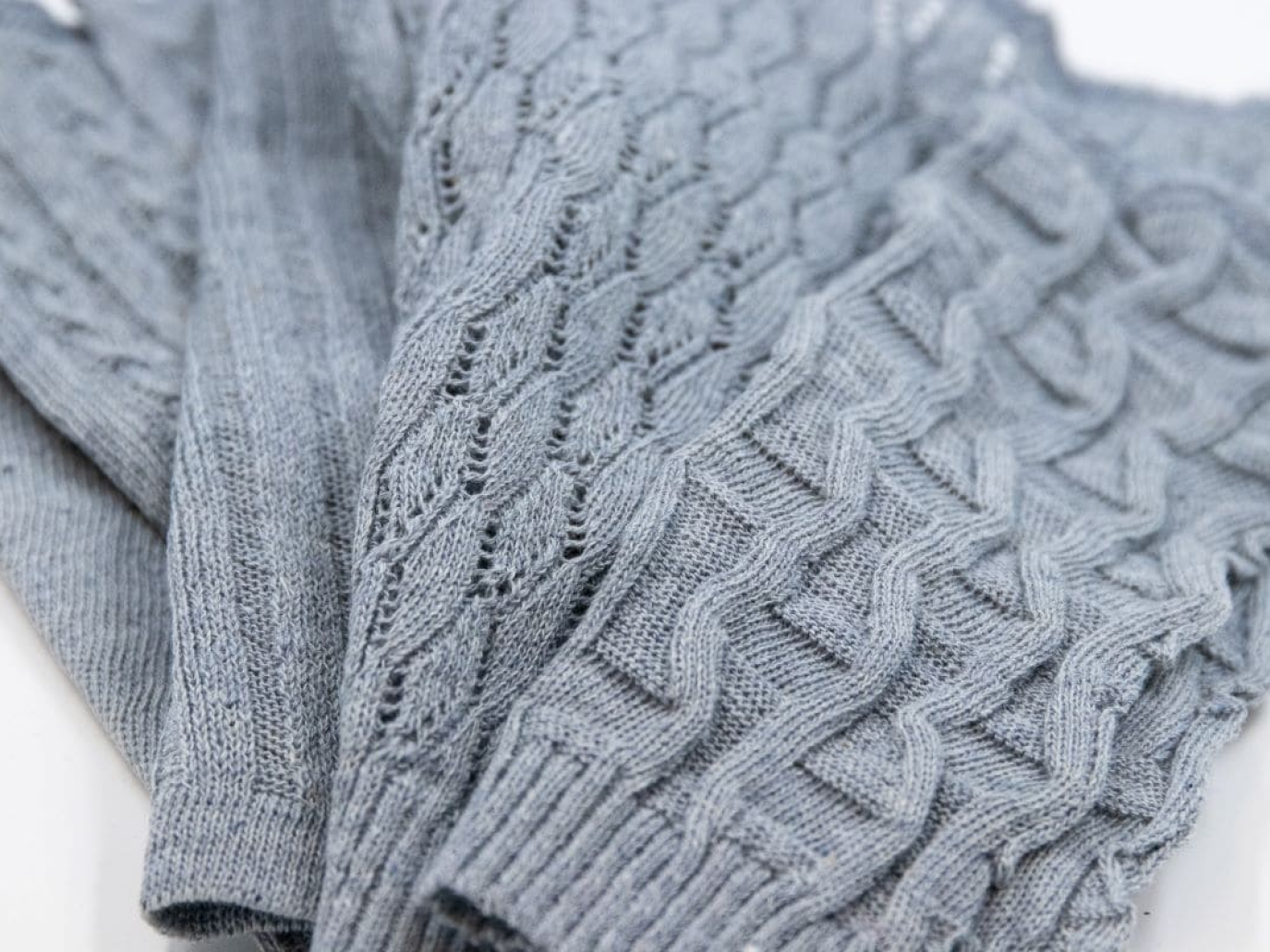
This article is also available in Italian / Questo articolo è disponibile anche in italiano
The European textile sector faces a dual challenge: mounting waste volumes and the urgent need for sustainable solutions. Each year, around 10 billion kilograms of textile waste are discarded across Europe, representing both an environmental crisis and an untapped resource. With textile fibre valued between 2 and 3 euros per kilogram, this waste stream translates into a potential billion-euro market.
According to Ali Harlin, Research Professor at the VTT Technical Research Centre of Finland, “In Europe alone, around 10 billion kilograms of textile waste are discarded annually. Textile fibre’s price per kilogram ranges between 2 and 3 euros, so this field offers enormous business potential.”
Currently, only about 1 percent of the world’s textiles are recycled back into textiles. The barriers to scaling up recycling are rooted in the complex composition of fabrics and the absence of comprehensive regulatory frameworks. While the European Union is revising the Waste Framework Directive to extend producer responsibility into textiles, significant implementation gaps remain.
“The EU is a global leader in textile recycling regulation, but even here, progress has been slow,” Harlin notes. “Proper regulation needs to be in place before we can expect significant advancements in textile recycling rates.”
Recycling Methods: From Minimal Processing to Chemical Innovation
Finland has played a leading role in textile recycling research, with the Telaketju network of companies and institutions working for more than a decade to address waste challenges. The Telavalue project, concluded last year, provided essential findings on recycling pathways.
VTT principal scientist Pirjo Heikkilä stresses that recycling should follow a principle of minimal processing. “If a textile can no longer be repaired or reused, the preferred option is mechanical fibre recycling, where collected and sorted textile waste is opened by shredding the fabric and yarn structure into fibres that can be reused in textile production,” she explains.
When waste textiles are heavily degraded or of poor quality, chemical recycling becomes essential. This method breaks down fibres into polymers and even monomers, allowing new fibres to be rebuilt. Such processes are particularly promising for polyester and blended fabrics, which are otherwise hard to recycle.
The versatility of recycled textiles is striking. Harlin highlights that used fibres can be repurposed not only into new clothing but also into nonwoven fabrics, insulation for vehicles, and even advanced industrial applications. “When textile fibre is mixed with concrete, the structure becomes lighter and more fire-resistant. In asphalt, textile fibre reduces the formation of ruts in the road,” he explains.
Towards a European Recycling Ecosystem
Scaling up textile recycling in Europe requires coordinated action. Harlin estimates that “Europe could see the rise of five to ten chemical recycling plants. To feed one chemical plant with textile raw material, we need approximately ten mechanical fibre plants.” This suggests a network of up to 100 plants could eventually be developed, driving significant industrial and economic activity.
The re-emergence of parts of the textile production chain in Europe is also a possibility. Northern and Western Europe lead in technology development, while Eastern and Southern Europe retain strong manufacturing expertise. A functioning recycling ecosystem will demand cross-border cooperation to integrate these capabilities.
Pilot projects demonstrate the potential of this transition. Infinited Fiber Company, based in Finland, is constructing a new fibre factory in Kemi, demonstrating how cotton can already be successfully recycled. Polyester separation technologies, inspired by PET bottle recycling, are also advancing rapidly.
The EU’s push for Extended Producer Responsibility (EPR) could further accelerate this ecosystem. Once adopted, textile companies would bear responsibility for organising collection and recycling, aligning business incentives with circular economy goals.
Fast Fashion Versus Workwear: A Tale of Two Sectors
Despite technological progress, not all textiles are equally suitable for recycling. The rise of ultra-fast fashion, dominated by low-quality, low-cost garments, remains a structural obstacle. These textiles often feature complex blends and poor durability, making recycling unprofitable or technically difficult.
By contrast, the workwear sector illustrates how durability and quality can support circularity. As Heikkilä explains, “Workwear is mainly purchased as a service, which means that the quality, maintenance, washing, and repair of the clothes are in order. Textiles are used for as long as possible, and the business model encourages the use of durable, high-quality materials. When a garment reaches the end of its lifecycle, recycling back to textiles is easier because the materials of the textiles are well known.”
Eetta Saarimäki, Senior Scientist at VTT, notes that not all blended textiles can be recycled into new fibres. “However, through thermo-mechanical recycling, these materials can be used to produce composite products, giving them a new life one more time,” she says. This approach offers a viable end-of-life pathway for otherwise problematic materials.
Research, Policy, and the Future of Textile Recycling
The textile recycling field in Europe is underpinned by extensive research collaborations. The Telavalue project, led by VTT with LAB University of Applied Sciences and Turku University of Applied Sciences, was funded by Business Finland and supported by 17 companies and organisations. It is part of the broader ExpandFibre ecosystem driven by Metsä Group and Fortum.
Work continues in EU-funded initiatives such as tExtended and PESCO-UP, which aim to quantify the costs and environmental benefits of different recycling pathways. These projects will provide the data necessary to inform both industrial investment and regulatory policy.
The potential scale of the opportunity is clear. With 10 billion kilograms of waste available annually and fibre prices at €2–3 per kilogram, the market could be worth €20–30 billion across Europe. If even a fraction of this waste is successfully recycled into textiles or alternative applications, Europe could reduce its dependence on virgin materials, cut greenhouse gas emissions, and create thousands of jobs across the recycling value chain.
Yet the transition hinges on two critical factors: regulation and consumer behaviour. Strong EU policies on producer responsibility and harmonised waste collection are essential, while consumers must be encouraged to shift away from disposable fast fashion towards durable, recyclable products.
Unlocking the Value of Waste
Europe’s textile sector stands at a crossroads. On one hand, the continent discards enough fabric each year to sustain a billion-euro recycling industry. On the other, slow regulatory progress and the flood of ultra-fast fashion continue to delay systemic change.
The Finnish research network shows that technological solutions are ready, from mechanical fibre recovery to advanced chemical processes. Pilot projects such as Infinited Fiber Company demonstrate how recycling can already work at scale.
If Europe can align regulation, technology, and market incentives, textile recycling could transform from a marginal practice into a cornerstone of the circular economy. By building dozens of plants, re-establishing parts of the textile value chain within Europe, and reducing reliance on virgin raw materials, the EU could turn one of its largest waste streams into one of its greatest industrial opportunities.
The challenge now lies in matching ambition with action. As Harlin underlines, regulation must move faster to unlock the business case for recycling. With billions of euros and major environmental gains at stake, the time for Europe to act decisively on textile waste is now.
Cover: VTT Technical Research Centre of Finland



